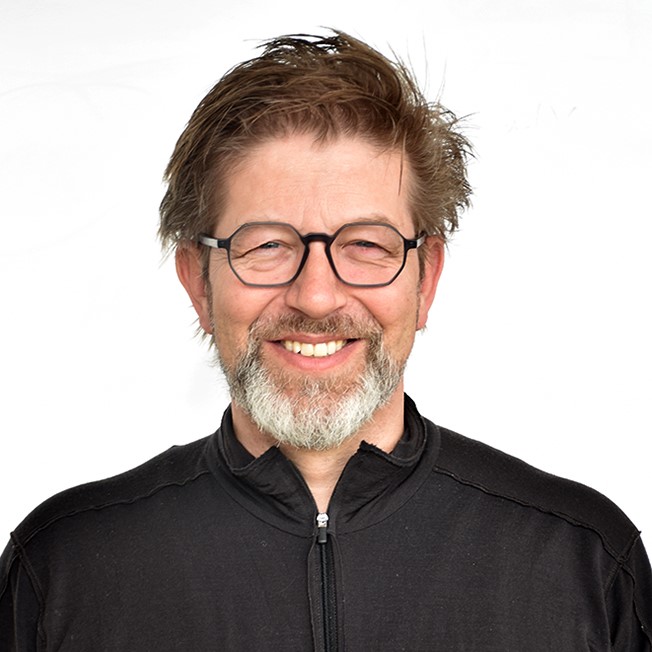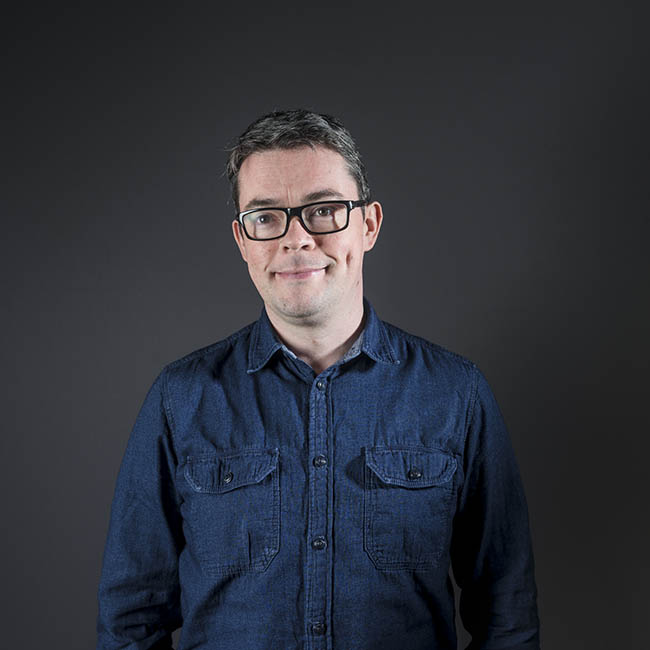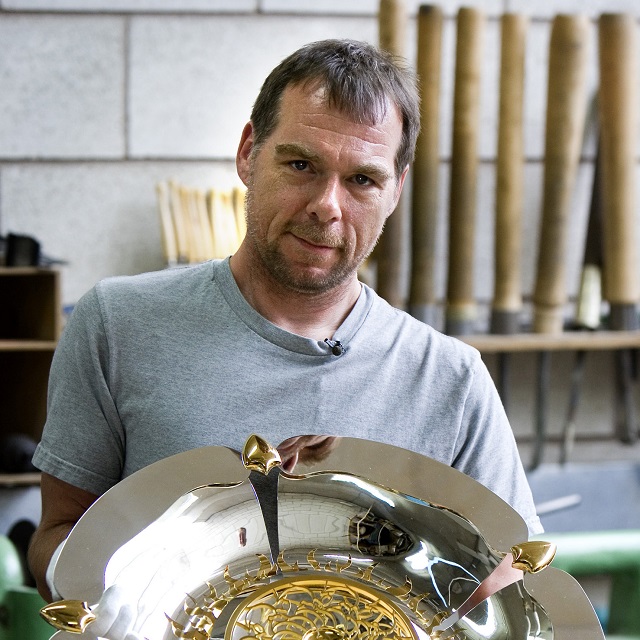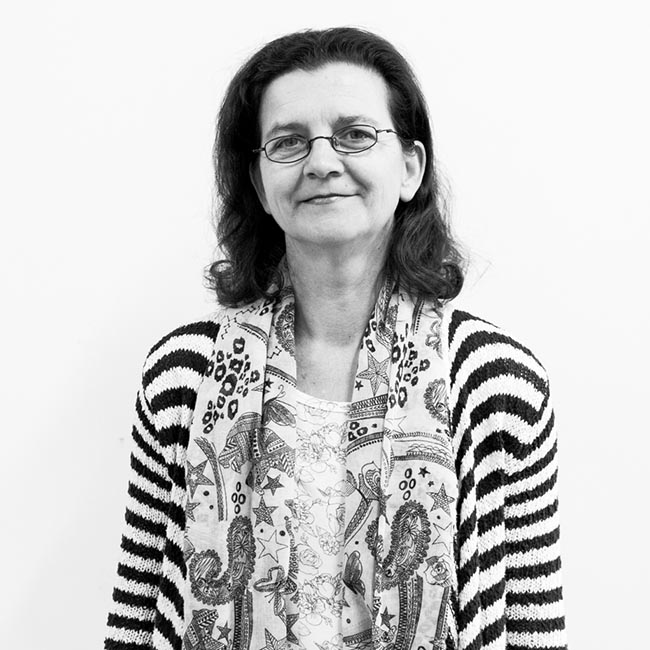Revealing the research that underpins the object
Exhibition venues
Galerie Marzee: Nijmegen, The Netherlands: October – December 2012
SIA Gallery: Sheffield, UK: March – April 2011
Beneath the Skin was an exhibition that brought together eight academic researchers working within the field of contemporary metalwork and jewellery in order to reveal the research that underpins the object. When it is the object which embodies the research, the two fundamental questions are
How do we elicit this information?
How do we record and make accessible?
Maria Hanson, Reader in Metalwork and Jewellery (ADRC) at Sheffield Hallam University was the curator of this exhibition. She presented the work of leading academics, showcasing their practice-led research; combining philosophical, esoteric, material and process based projects. The exhibitors were Professor Jivan Astfalck, Elizabeth Callinicos, Professor Jack Cunningham, Dr Andreas Fabian, Chris Knight, Dr Cóilín O’Dubhghaill, Laura Potter and Jessica Turrell.
The aim of the exhibition was to visualise and articulate the complex, multi-faceted and often non-linear creative journey that individual researchers make to get to the final object. It built upon and extended the enquiry started during the KeyPiece exhibition and research event in 2009 where the exhibited objects, devoid of any textural explanation, provided the basis for intensive critical discourse between participants in order to reveal the embedded knowledge. By presenting a range of tangible textual and non-textual material, Beneath the Skin aimed to elicit and reveal the knowledge embodied by the object and proposed that there are intangible aspects within creative research that are not possible to quantify.
In The Cultural Biography of Objects Gosden and Marshall state
People have realised that objects do not just provide a stage setting to human actions; they are integral to it.
They present the idea that as people and objects gather time, movement, and change, they are constantly transformed, and these transformations of person and objects are tied up with each other. The notion of transformation, like alchemy, is one that has always obsessed jewellers and metalworkers. The physical and emotional agency generated through material change is both powerful and profound. The academic researchers invited to participate in Beneath the Skin were selected because the work they undertake has been ongoing for a number of years and as practitioners and teachers they have all made significant contributions to the field of Contemporary Metalwork and Jewellery.
All trained in the specialism of goldsmithing, silversmithing and jewellery but many have blurred the boundaries of their practices, working in a multi-disciplinary way, engaging in projects that involve material and social science, public and architectural space, product design and fine art. Maria feels these successful collaborations and ability to cross traditionally recognised boundaries stem from the rigours of mastering a single discipline. It is grounded in what Michael Crawford terms as the ‘intellectual engagement of manual work’ and is undoubtedly connected to experiential knowledge through a dedicated and often obsessive work ethic (2009).
The following is an extract from the exhibition catalogue essay written by Maria Hanson.
The extended discourse with individual exhibitors, (through semi-structured interviews) was significant in the framing of this exhibition and catalogue. It provided the platform to negotiate a set of issues surrounding creative research, focusing on methodologies, philosophy, materiality and making.
Do we need to complicate things with theory?
In his essay on ‘Thing Theory’ Bill Brown asks if there is something perverse about complicating things with theory wondering whether they should be allowed to rest somewhere else unmediated (2001). The conversations that I had with this group of academic practitioners revealed the collective struggles and challenges that they all face in relation to the perceived need to surround the made object with theoretical discourse in order to systematically reveal all that it embodies. Even those who undertook doctoral research (after years of working professionally) expressed some frustrations about the methodological structures they needed to negotiate in order to frame their practice-led research within the theoretical construct of academia. However, from the external curatorial position (which was undoubtedly informed by my own practice-led research in the field) it was very apparent that certain methodologies were being used even if the exhibitors did not always recognise and articulate them explicitly. All utilise models usually associated with social science research involving conversational learning and experiential knowledge. As Laura Potter notes, ‘the finished object is an accumulation of activity between the head and hand’.
This accumulation of knowledge which, although from the creative perspective may not be seen as systematic, connects to Pask’s (1975) methodological framework of conversation theory, where the researcher through internal creative conversation takes both the position of self and self as other. Of course some of this internal conversation is not possible to illustrate in physical tangible material. It encompasses what many of the exhibitors describe as the intangible (Knight, Callinicos) or the intuitive (Astfalck, Cunningham, O’Dubhghaill) and to try to articulate through non-material methods can reduce it (Potter). Although some of the material and process research is more systematic in the way it has been conducted, the application of the knowledge gained in studio based work is less structured; balancing rigorous lab based work with experience and intuition was cited as being ‘Key’ in the making of successful artefacts.
To find out more about this project and to download the catalogue and full text please visit the Beneath the Skin website.






